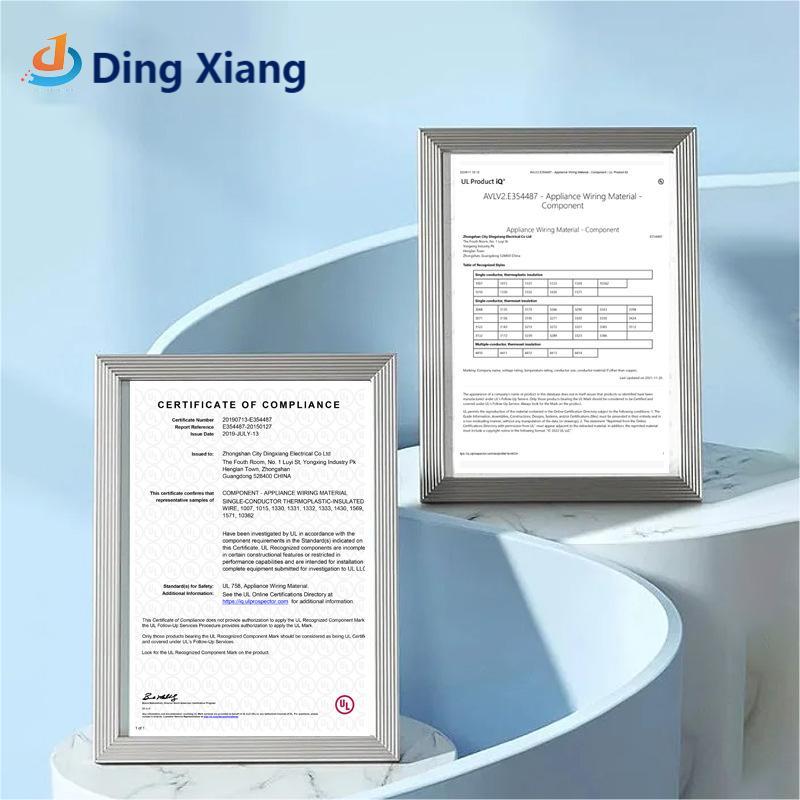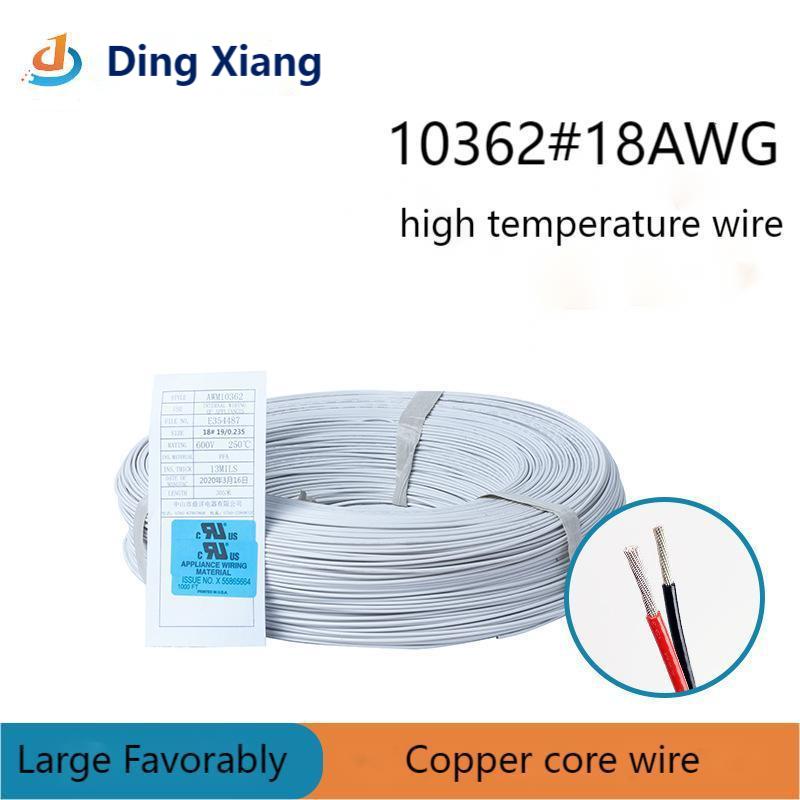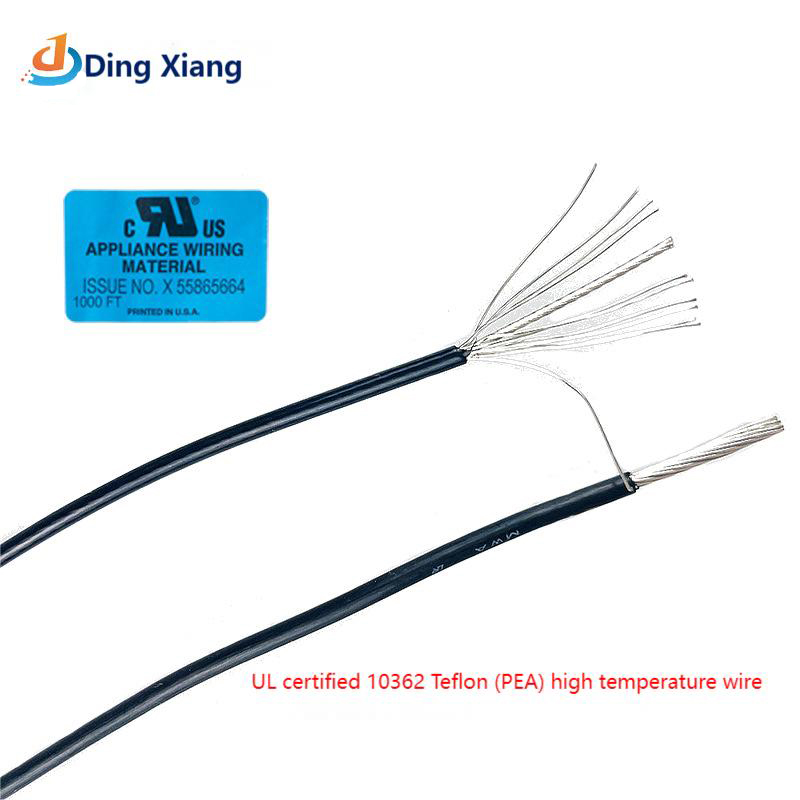Teflon cable, also known as high-temperature cable, refers to a cable made of fluoroplastic insulation material (FEP, PFA, PTFE). It has excellent corrosion resistance, is almost insoluble in any organic solvent, is oil-resistant, resistant to strong acids, resistant to strong alkalis, strong oxidants, etc. It has excellent electrical insulation performance, is resistant to high voltage, has low high-frequency loss, does not absorb moisture, and has high insulation resistance; it has excellent fire resistance, aging resistance, and long service life.
Use: It is widely used in industrial and mining enterprises such as metallurgy, petroleum, chemical industry, and power plants, and is used as a connecting line for various electrical appliances, instruments, and automation devices under high temperature conditions and harsh environments.
How do we choose high-temperature teflon wires? The long-term allowable current carrying capacity of Teflon wires and cables refers to the current value when the cable conductor temperature reaches the long-term allowable operating temperature after thermal stability. The magnitude of the current depends on the maximum allowable operating temperature of the product, as well as the live working system (such as long-term continuous load, variable load, discontinuous load operation), as well as the laying of wires and cables, environmental conditions, etc. It has a great relationship. The ampere number usually refers to the allowable working current under long-term continuous load operation, and is converted accordingly in other cases. Wires and cables used for power and lighting lines, wires required for some special occasions, such as high-voltage ignition wires for vehicles, compensation wires for instrument measurement systems, have no requirements for carrying capacity.



It is correct that teflon wire manufacturers only provide cable cross-section data, not cable rated current data. Since the rated current of the cable is related to parameters such as the environment, the working time of the load, the allowable working temperature of the cable insulation material, and the allowable voltage drop of the cable, the electrical design personnel of the purchaser should make comprehensive considerations and select the appropriate cable cross-section.
The economic section of the cable is still misunderstood. Some designers and owners believe that the minimum cross-section of the cable is the economic cross-section when the temperature rise does not exceed the standard. This is a wrong view because he ignores the economic loss caused by the energy consumption of the cable itself. Under the same load, the larger the cable cross-section, that is, the smaller the current density of the cable, the lower the energy consumption of the cable.The temperature rise of the cable is related to the current density. The higher the current density, the higher the temperature rise. The life of the insulation material is related to the working temperature of the insulation material. The higher the working temperature of the insulation material, the shorter its life. The economic cross-section of the tefion cable is a comprehensive parameter that involves the initial investment cost of the cable and the service life of the cable.


